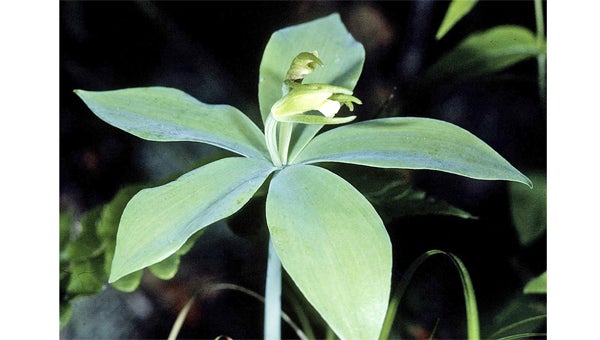Polk County’s most wanted plant: Small Whorled Pogonia
Published 10:57 am Friday, May 3, 2013
In a joint effort to expand the knowledge and understanding of the flora of Polk County, the Pacolet Area Conservancy (PAC) and botanist, David Campbell need your help in locating this month’s “Most Wanted—Plant,” Isotria medeoloides, also known by the common name, Small Whorled Pogonia.
Small Whorled Pogonia is a rare native orchid in North Carolina. Its status in the state is “Endangered” and it is ranked as “Imperiled,” with 6-20 known populations in the state. The plant occurs in the mountains and piedmont. It is found in forests, especially where White Pine is also growing. This orchid seems to require small openings in the canopy and prefers areas with moderate to little ground cover. This orchid typically grows under canopies that are near breaks in the canopy, such as a road or a stream. It prefers acidic soils with a thick layer of dead leaves, often on slopes.
Small Whorled Pogonia has a single, greenish-white stem that grows about 10 inches tall when in flower and about 14 inches when bearing fruit. It gets its common name from the five or six grayish-green leaves that form a single whorl around the stem, beneath the flower and/or fruit. The leaves are somewhat oblong and 1 to 3.5 inches long. The flowers are yellowish-green with a greenish-white lip and are about 0.5 to 1 inch long and appear mid-May through early-June. Each flower has three sepals of equal length that spread outward. The flowers are scentless, lack nectar and are primarily self-pollinating. The fruit, an upright ellipsoid capsule, appears later in the year.
Small Whorled Pogonia is found sporadically across the eastern United States and Canada. In North Carolina, there are no known records of this orchid from Polk County, but it has been located in several counties, including the neighboring Henderson and Rutherford counties, as well as Burke, Cherokee, Haywood, Guilford, Jackson, Macon, Surry, McDowell and Transylvania counties.




